The week of August 28 – September 3 takes us from Day 13 to Day 20. This week we will highlight Mare Nectaris on the moon, which is viewable Sunday night in the SE quadrant of Lunar Map at L13.
Multi-Ring Basin on the Moon – Mare Nectaris
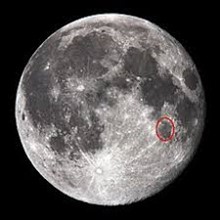

The week of August 28 – September 3 takes us from Day 13 to Day 20. This week we will highlight Mare Nectaris on the moon, which is viewable Sunday night in the SE quadrant of Lunar Map at L13.
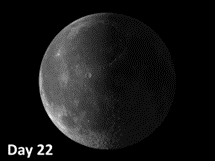
The week of March 13-19 takes us from Day 21 to Day 28. This week we will highlight Mons Piton on the moon, located in the NW quadrant of the Field Map and viewable early Tuesday morning. Mons Piton: [NE/E9;
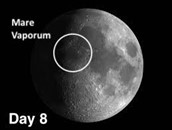
The week of August 29 – September 4 takes us from Lunar Day 3 to Day 9. This week we will highlight Mare Vaporum, viewable on Saturday evening. Mare Vaporum: [NE/H10; L=4°E] Notice how there are finger-like projections extending from
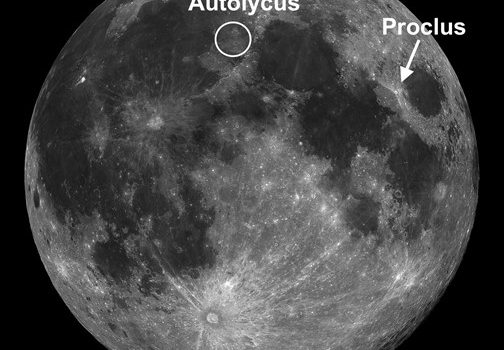
The week of December 28 – January 3 takes us from Lunar Day 14 to 20. This week we will highlight the craters Proclus and Aristillus. Aristillus: [NE/F10] We were first introduced to Aristillus on Day 7 when its more
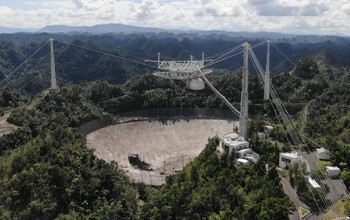
The week of December 7-13 takes us from Lunar Day 22 to Day 29. This week we will highlight Montes Recti, the Straight Range, viewable early Tuesday morning, and the collapse of the Arecibo radio telescope. The Straight Range is
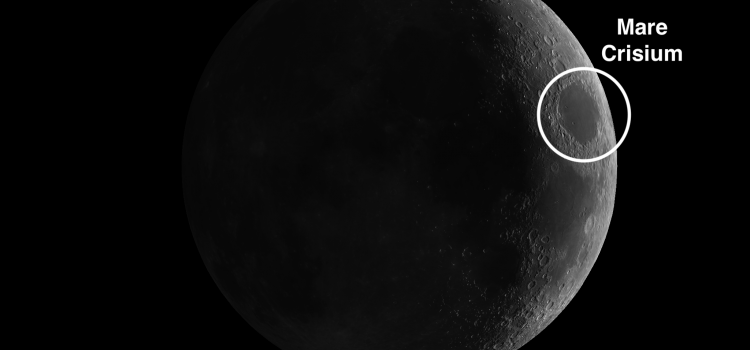
The week of October 28 – November 3 takes us from Day 1 to Day 7. This week we will highlight Mare Crisium, viewable on Thursday evening. Mare Crisium: [NE/H15] On Day 4 the Sea of Crises, the first of